Craftsman-style Tool Carrier
Posted 30 April 2020
This is the introductory page for a paid video series. Want to watch more of this project? Select the best option below to get started.
If you are looking for a sampler piece to both learn from and express your appreciation in, this hand-tooled carrier exemplifies a person’s love for the traditions of joinery. It may look complex, but Paul walks and talks you through all of the complexities to a beautifully finished example of your work.

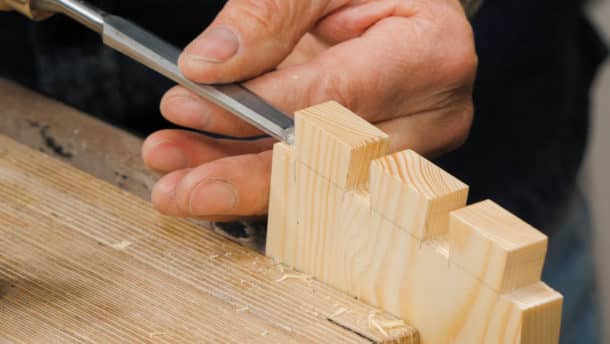
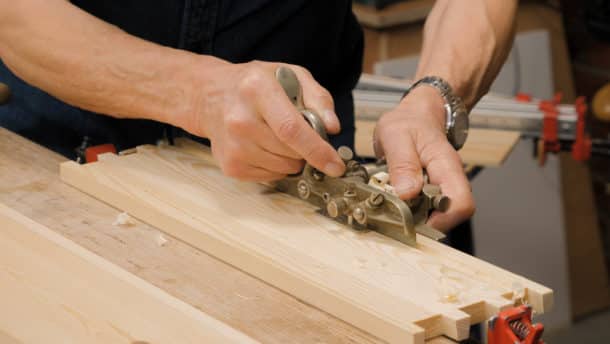
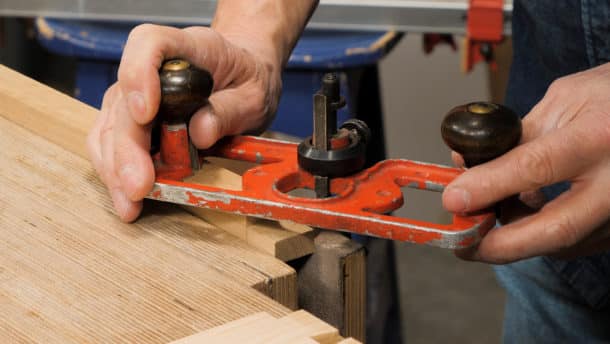
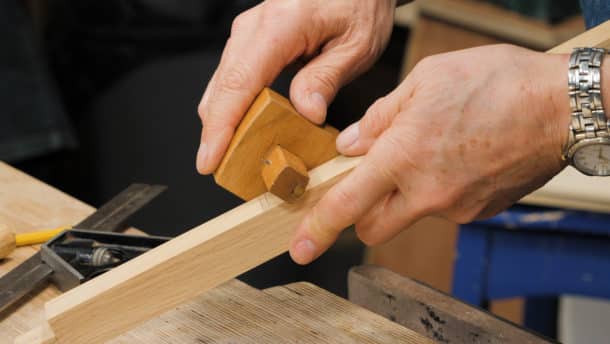
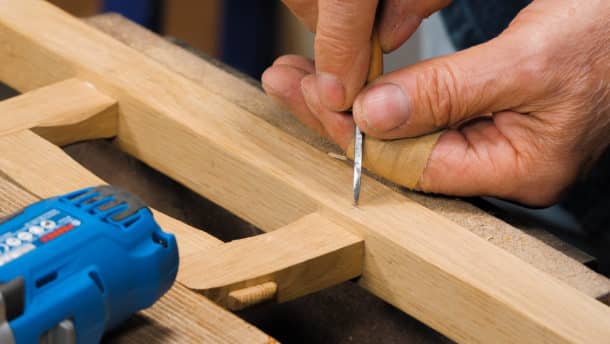
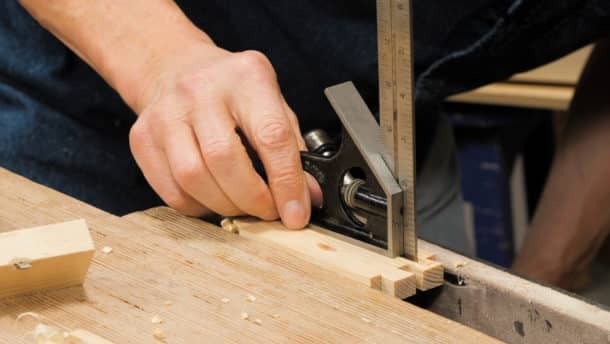
Thanks Paul, I’m going to enjoy this one.
nice, i really like this kind of projects.
That looks great Paul. Thank you!
John
Thanks Paul,I like the look of of this one ,looking to making it .
Looks great Pau. Exactly what I need right now.
Ooops – Paul – but we all know him.
Nice Paul, I can’t wait to get started!
Like those above, I am really looking forward to taking on this project. When will the actual videos be available?
Been waiting for this! Many thanks.
Great project! I made something similar about 58 years ago in High School. A friend that was a bit slow didn’t have very good luck with his and was reluctant to take it home so I gave him mine to take home. I never told anyone until now. Maybe it’s time to make another one. Thanks!
Paul, would you consider this a beginner’s project or should we have other projects completed first?
Hi Johnathon,
This is not a beginner project. We’d recommend having a go at the Tool Tote project. Our sister site, Common Woodworking, focuses on beginner projects and they are all free: https://commonwoodworking.com/dashboard-courses/
Kind Regards,
Izzy
I love making tools and tool boxes for my shop and for my children! Great project!
Thanks Paul, nice project again! I really enjoy it and definitely going to make this one. And just yesterday my wife said she’s going to try to make the mirror.
Greetings to the Woodworking Mssterclass crew,
I don’t usually comment on the internet, shyness probably. I believe there is a weakness in the eesign of what is otherwise a very sturdy and good looking carrier.
When the carrier is held by the handle, the weak points are the two 1/4 inch tenons joining the handle sides to the carrier bar. In the best of cases, with perfect joints and perfect gluing, it may hold. But for us amateurs there is no way to know whether our glued joint is perfect unless there is a failure
Even with the dowels shown on the picture, but not on the drawings, it remain just a 1/4 inch tenon.
I know it is not a life and death risk. It just may not last 100 years. And it is something one should be aware when building the carrier
Regards
I think Paul tries to size the mortise and tenons to common chisel sizes. They have very wide cheeks that should glue up very tight. It looks to me with using oak and pins it should be very sturdy.
In the politest way possible, I beg to disagree. The thickness that takes the weight is the vertical height, not the horizontal. Like in an I-beam; and these are further constrained from torsion or bending by the housing. In fact the tenons merely have to resist shearing off, and I’m pretty sure that would take over a hundred kg in oak.
Also, look at the tenons on the rails around chair seats: they’re often only 1/4” or so, and they take a substantial fraction of a person’s weight, probably more than we can easily lift one handed.
Really to answer this one we need someone to make a couple in pine and test to destruction 🙂 There have been similar test on the internet between joint types (biscuits vs half lap vs m&t etc), and the mortise and tenon is *incredibly* strong.
The drawing for this project is the best I have seen on masterclass. Really clear cut list also helps a lot. Please pass message onto Paul.
I couldn’t agree more, the drawings are wonderful! It may well be out of the regular scope of these classes, but I would really like to learn how to make these kind of drawings in a structured way myself. Any chance of doing a video series on that? Does anyone know a good resource for learning this?
@jkokorian
Paul Sellers has a short video on Y-T about this type of perspective drawing.
https://www.youtube.com/watch?v=lUHgKsnTfxM
It went up about a couple of years ago.
Thanks! This is pretty much exactly what I was looking for.
Hi Paul,
Always enjoy watching your work and get learning so much so thank you. Just wondered if there was are reason for going with cutting the stopped groove in the end pieces by hand, over using a plough plane and a lapped dovetail
thanks
Dave
Hi David,
Paul says:
I just didn’t want to use a lapped dovetail.
Kind Regards,
Izzy
Is the PDF available yet that Paul mentions in the handle shaping video?
Regards,
Andrew
Anyone else have an issue printing page 4 of the pdf? I can print 1-3 and 5-6, but 4 keeps coming up blank.